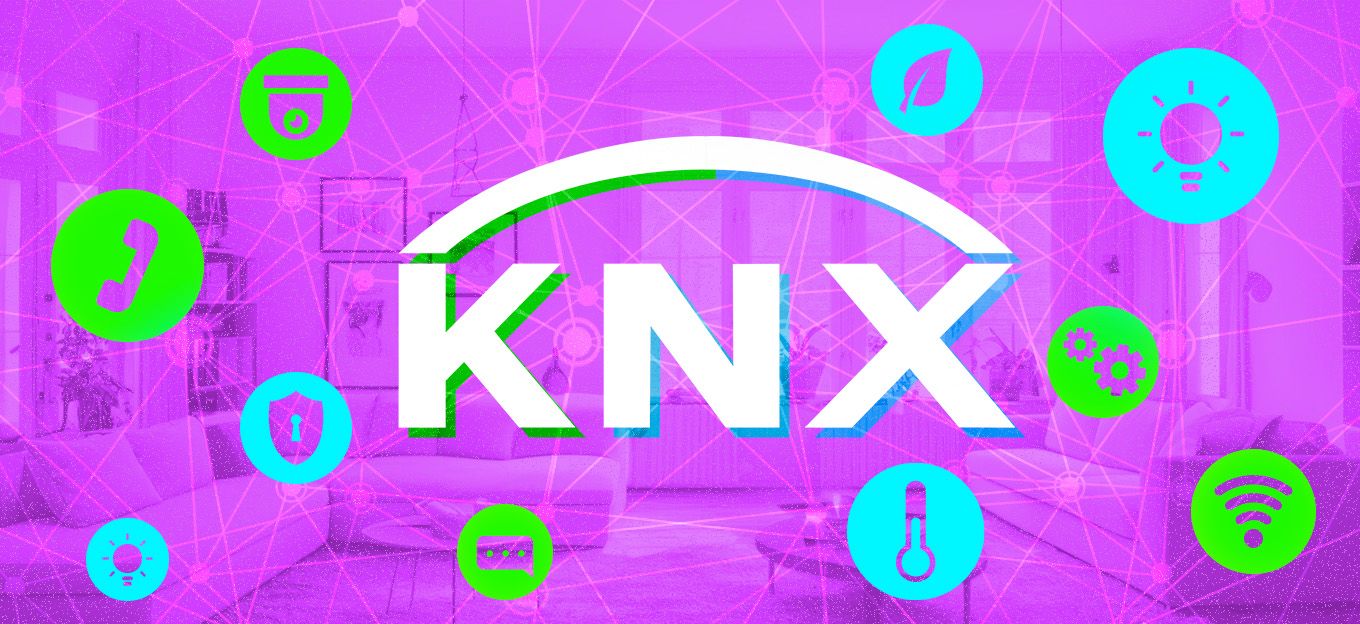Boosting Property and Facility Management with Economic IoT
Boosting Property and Facility Management with Economic IoT
- Last Updated: December 2, 2024
Kevin Martin
- Last Updated: December 2, 2024



As with anything in life, cultivating a new understanding is all about perspective and putting things into the correct context. As we dive into how facility managers and buildings owners can boost property performance and facility efficiency through the Internet of Things (IoT), I would first like to define what I mean by Economic IoT. Putting this concept into the proper context will help us understand how it can work to create smarter buildings and improve overall facility management.
'Economic IoT encapsulates solutions used to create smarter buildings and improve overall facility management.' - Kevin Martin
Requirements of Economic IoT
Having worked in the energy efficiency and intelligent controls space for most of my career, I've encountered the whole gamut of smart building systems and controls technologies, from full-scale Building Automation Systems (BAS) to mesh networked lighting controls. Facility management and efficiency is the context in which I place Economic IoT. It encapsulates solutions used to create smart, more intelligent buildings. I've seen a lot, and through these experiences working with “smart” technologies, I've developed four specific requirements to determine if a building control and/or management solution can be defined as economical. Or, as I like to call it, Economic IoT. The requirements include the following:
- Cost-effectiveness
- Ease-of-deployment
- Resolution of Pain Points
- Scalability
Why the Term IoT?
Here's some more context. I choose to use the term IoT because most – if not all – of today's smart building management and control solutions dub themselves IoT applications. Everything from your washing machine and dog's collar, to digital twin software and LED lights in commercial buildings is part of the IoT ecosystem.
It is no longer just a matter of defining if "x" technology is smart or not; everything is smart. I will outline a direct comparison of cost-effective and not so cost-effective "smart" solutions that foster more intelligent spaces and places. Let's start by taking a look at an example of one not so economical solution: BAS.
Building Automation Systems (BAS): Not so Economical Solution
Viewed as the backbone of an intelligent building, Building Automation Systems – also referred to as a Building Management System – have held this historical precedent for decades. Enterprise IoT Insights says:
"…[t]hey are the systems put in place to allow building owners and tenants to monitor, maintain and manage the mechanical, electrical and electromechanical functions within a structure…. [b]ut perhaps a building management system's biggest appeal is its proven ability to lower energy usage, and therefore, save money."
This is proven true in ROI calculations for large commercial properties (those of 100,000 sqft or more). But how do traditional BAS solutions stack up against our four requirements of Economic IoT through the lens of small-to-medium enterprises? Let's take a look:
- Cost-effectiveness. According to industry averages and the National Rural Electric Cooperative Association (NRECA), the average cost of a BAS is roughly $2.50 - $7.00 per square foot. So, suppose we're looking at those spaces where these systems typically reside (100,000 sqft+). In that case, we're looking at a total minimum investment of $250,000, and for a smaller organization of say 50,000 sqft, you're still looking at a minimum investment of $125,000. Bottom line: Not what I'd call economic for a small to medium-sized enterprise.
- Ease-of-deployment. A typical installation requires specialized technicians, programming, and long-term commitments for onsite staffing from the manufacturer to ensure uptime and system integrity. Bottom line: Not easy to deploy. Or maintain, for that matter.
- Pain Point Resolution. BAS systems can solve multiple pain points for building operators and owners, including reduced energy expense and managing multiple building systems. Bottom line: These solutions can solve many business, operational, and facility challenges.
- Scalability. Depending on the vendor and whether the system is open or proprietary, a BMS/BAS can scale over time and as a building's operations change. Bottom line: BAS is scalable.
Economic IoT: Driving Facility Management & Building Performance
When it comes down to it, the main benefit of a BAS is its ability to digitize, monitor, and manage multiple buildings systems to improve operations and save on energy costs and enhance building performance. However, as we've outlined above, there are some significant stumbling blocks for a small-to-medium-sized enterprise to deploy such comprehensive solutions, with cost and complexity being the chief factors.
So, what economic IoT solutions can property owners, and facility managers deploy without breaking the bank to get the same performance results? Let's take a look at three specific examples.
- Lower Power Wireless Sensors (LoRaWAN, Bluetooth, ZigBee, WiFi, etc.)
- In-Panel Energy Monitoring
- General Purpose I/O Devices
Low Power Wireless Sensors
Today's advancements in low-power wireless sensors have ushered in the IoT craze. With far more economical options, and a plethora of IoT communication protocols to choose from (many open source), facility managers and building owners can now put sensors throughout an entire building infrastructure at a fraction of the cost of a historical BAS system.
Here are a few examples of some Economic IoT sensors:
- HVAC. Smart, stand-alone thermostats allow for zoning, grouping, automated scheduling, and remote access/failure detection from anywhere.
- Lighting. Fixture-based sensors that can now control lighting fixtures by room, floor, or individual fixture.
- Occupancy. Low power wireless sensors allow you to place occupancy sensors wherever you need to track occupancy.
- Tracking. Tracking physical assets like forklifts, tools, packages, etc., is now easier than ever.
- Vibration. Small wireless vibration detection sensors allow you to detect failing/out-of-sync machinery before catastrophic failure.
In-Panel Energy Monitoring
Advancements in in-panel/at-meter energy monitoring sensors and devices make the benefit of monitoring energy usage provided by BAS far more accessible and less expensive to deploy. You can get the same, sometimes even more granular, data across an entire portfolio of properties.
General Purpose I/O Devices
The last main benefit of traditional BAS solutions is controlling multiple facility systems from a single dashboard. For many large-scale facilities (multi-story high rises, for example), a BAS makes the most sense. But for the vast majority of other buildings out there, today's more advanced general-purpose I/O (input/output) devices coupled with the low power sensors I mentioned above, provide new avenues for deeper and broader control of facility systems.
Economic IoT Will Go Mainstream... Eventually
When you pull together the three specific examples of Economic IoT solutions available on the market today, facility managers and building owners now have the tools needed to create their system that improves facility management at a fraction of the cost of a traditional BAS.
With these tools, devices, and technologies, we can get started today and reap the benefits of a traditional BAS system without the complexity, hassle, and high cost. However, many of these devices are still in the early stages of this transition, and highly comparable BAS solutions still need tweaking. But it is possible to start today. It's only a matter of time before more sensor-based solutions and IoT platforms find their way to the market and make intelligent buildings a mainstream reality.
The Most Comprehensive IoT Newsletter for Enterprises
Showcasing the highest-quality content, resources, news, and insights from the world of the Internet of Things. Subscribe to remain informed and up-to-date.
New Podcast Episode

Moving Past the Pilot Phase in IoT and AI
Related Articles





